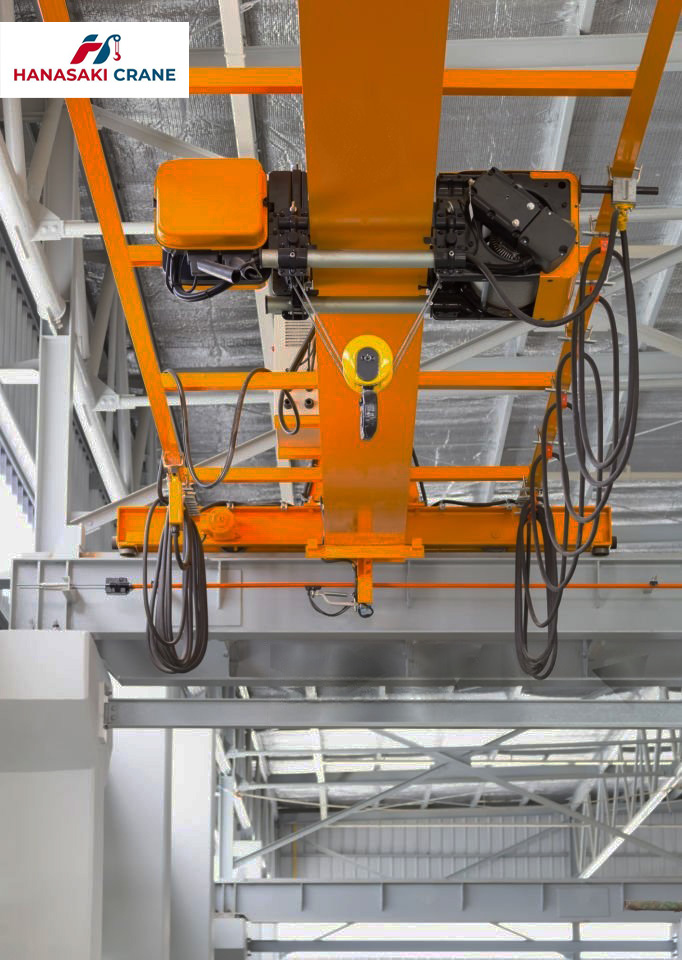Introduction to Hoist Crane Movement
The movement of a hoist crane is one of the key factors in improving crane operational performance. An efficient movement system minimizes operating time, enhances productivity, and reduces energy waste. Efficiency can be achieved through proper control system selection and optimization of crane components.
Factors Affecting Efficient Movement
- Motor Control: The use of motors with variable speed control ensures smooth and precise movement.
- Pulley and Cable System Design: Reducing friction improves efficiency and speed.
- Load Weight and Size: Matching the crane’s capacity with the load ensures system efficiency.
- Sensor and Automation Technology: Sensors and automation ensure safe and accurate movement.

Efficient Movement Mechanism of Hoist Crane
Strategies to Improve Efficiency
- Regular Maintenance: Periodic inspection of key components prevents damage and maintains efficiency.
- Operator Training: Well-trained operators minimize errors and enhance safety.
- Utilization of Automation Systems: Automation increases work efficiency and operational accuracy.
- Data Analysis and Optimization: Monitoring data supports better operational decision-making.
Conclusion
The efficiency of hoist crane movement is strongly influenced by the selection of motors, system design, and technology used. With proper management and the use of innovations, companies can increase productivity, save energy, and maintain workplace safety.